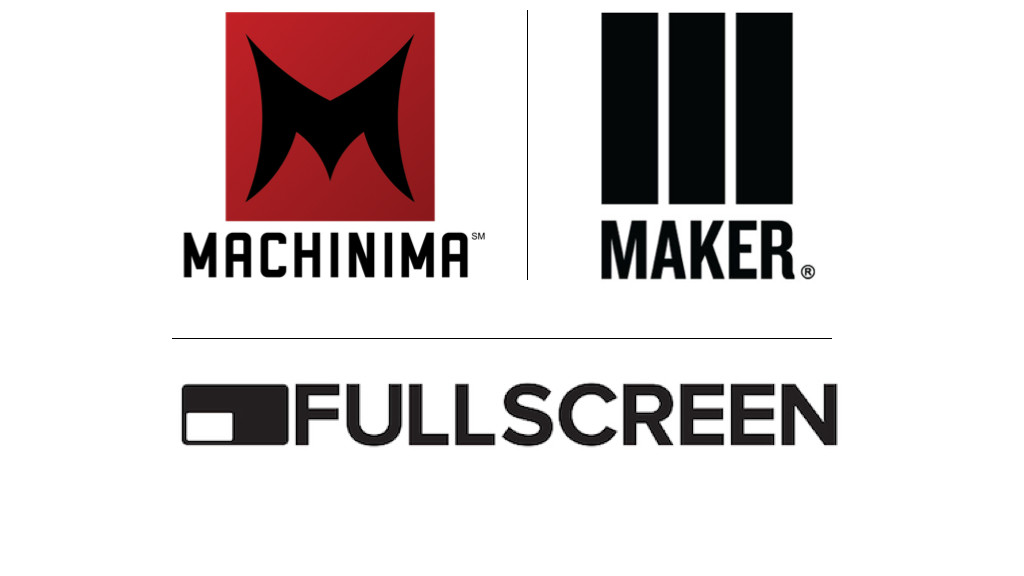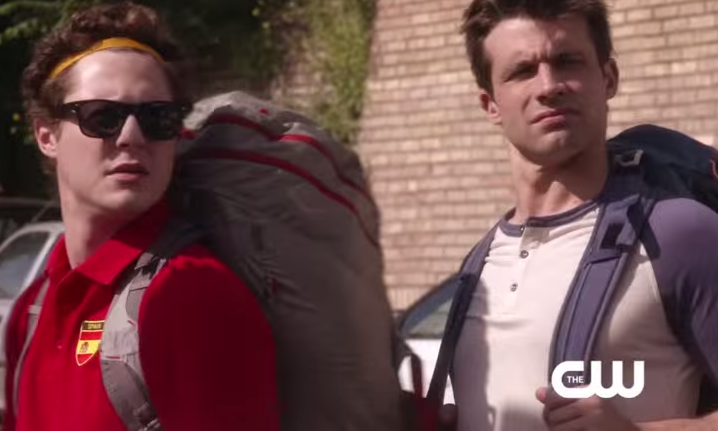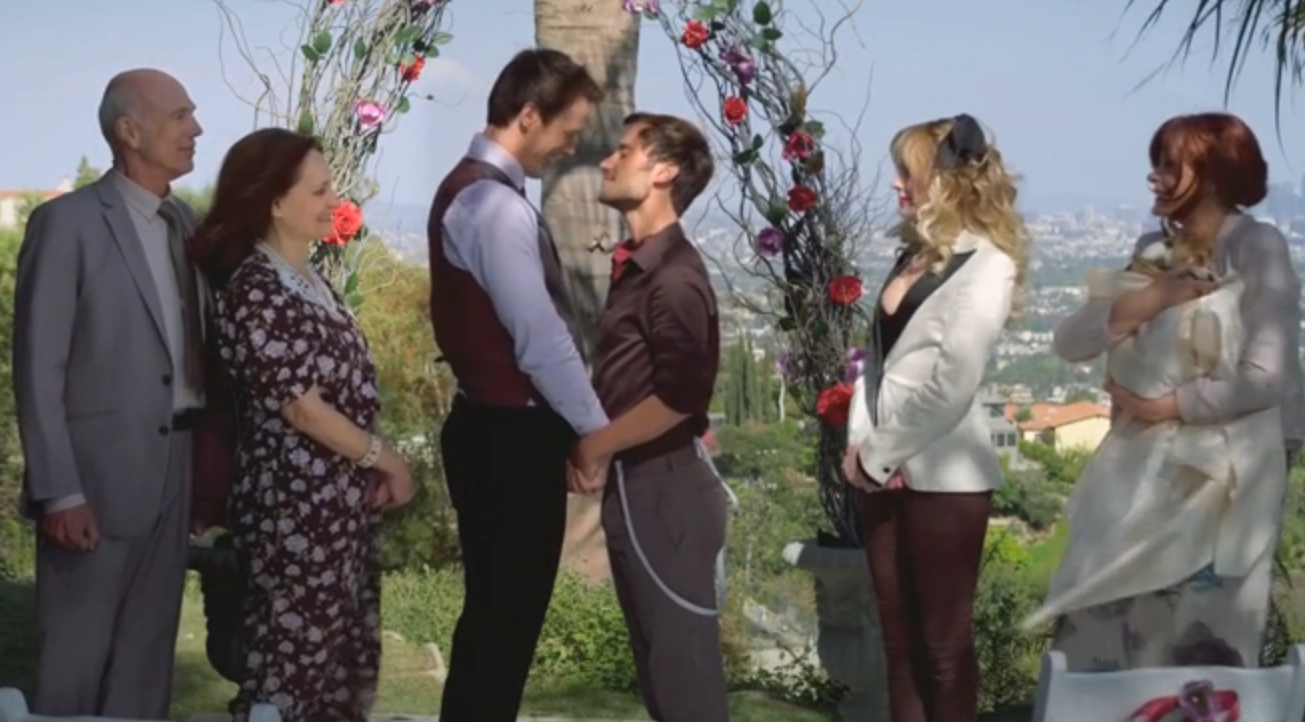
O2L (Our Second Life), a group of young, male YouTubers each with over a million subscribers to their individual channels sold out of $75 VIP tickets to their 17 city tour sold out in ten minutes.
In the past decade, a certain type of grassroots creativity has emerged on YouTube and other video platforms. Time magazine once celebrated YouTube for having provided so many amateur creators with the tools to “broadcast themselves.”
YouTube’s creator-partner system and their infusion of $200M in their original channel initiative contributed to the increased commercialization of this democratic space, for better or for worse.
Recognizing an opportunity to advance a new culture industry, a group of web-based, tech-savvy, para-industrial start-ups have emerged with distinctive approaches to monetizing YouTube’s 100 million hours of video uploaded every minute to its billion unique monthly users. They are the multi-channel networks (MCNs), also known as YouTube networks, online video studios, and simply networks. Among the big three are Fullscreen, Machinima, and Maker Studios. “YouTube is all about audience development. It’s about how many subscribers can you get on your channel so you can monetize it. These creators are little television affiliates,” says Larry Shapiro, head of talent at Fullscreen.
Multichannel networks have aggregated thousands of YouTube creators in order to amass tens of thousands of online users. Most MCNs pursued this new business model shortly after YouTube started investing $100 million to augment the production budgets of a hundred or so YouTube talent partners.
“On YouTube, you have super-targeted channels that would never exist in a television model, and that they have super-high engagement,” says Machinima chairman, CEO and founder, Allen Debevoise. “MCNs aggregate these particular channels across different categories. From a monetization perspective, you have a large com score number, you have a large nielsen number, but you have high engagement, which is very unique.”
To serve this growing group of YouTubers with significant user counts, the MCNs inserted themselves as business allies, taking a percentage of the advertising dollars offered by YouTube and up to 50% of the IP, in exchange for providing amateur creators with these added services.
Some find these relationships troubling. Thousands of YouTube creators have signed contracts with most earning little or no profits for their considerable efforts; in contrast, the small handful of creators, who have been able to secure a living despite YouTube’s restrictive terms, are resentful of the MCNs for profiting from their creative labor.
YouTube/Google are eager to work with MCNs because they help amass a large online audience and their consumer information is shared with advertisers as “big data.” As it turns out, there is a big demand for big data in Hollywood.
The more traditional Hollywood companies don’t always immediately understand the benefit of the YouTube audience, but when it gets broken down for them, it clicks. Shapiro recalls a conversation with a TV exec that illustrates this point: “In television they talk about L3s and L7s, so when I was talking to a network exec about devinsupertramp and he said, ‘I just don’t understand these views, I get it but I don’t see how it’s important for television.’ I say, ‘I’ll tell you what. On an L7, devinsupertramp will reach a million people between the ages of 17 and 25 every week.’ And it clicks for him—‘that’s like a 1 share. Can I meet him?’
devinsupertramp’s channel has more than 400 million views.
Several Hollywood media companies have recently recognized their inability to access YouTube’s growing audience of online users, and MCNs are their perfect way in. Notably, Disney recently acquired Maker Studios for $500 million, while Warner Bros. continues to kick the tires at Machinima.
For Shapiro, this isn’t surprising, and it signals the strength and wisdom of this new generation of creators, and, regardless of the controversy surrounding them, the MCNs as well. “That’s the importance of a devinsupertramp or a lohanthony or an O2L, or some of the mine craft creators on Machinima,” says Shapiro. “They’re tapping into our emotional connection to entertainment now, and they’re going to shape it down the road.”
View the rest of Transforming Hollywood 5 panel “Creators Who are Reinventing TV for the Digital Future” below, or by heading to our Vimeo page.






